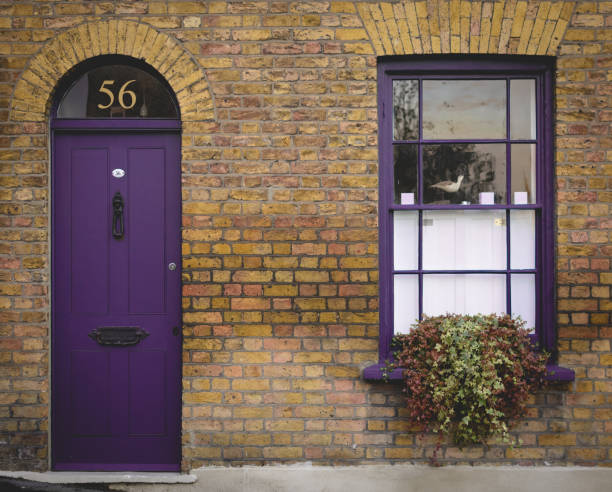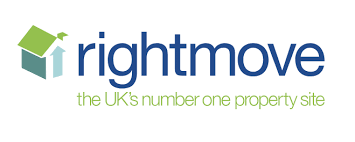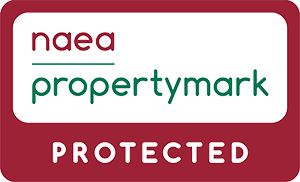It is important to remember that for most people, buying a home is without doubt the biggest investment they likely to ever make. Whether, as a buyer, you are planning to live in the property long-term or have plans to eventually sell it, maintaining its value is a crucial part of being a property owner. Renovations and things that improve curb appeal, can add thousands to your home’s worth, however, some factors—many of which are overlooked—can do the exact opposite.
As a leading Bolton estate agent we know what matters and in this blog we have broken down five of the most common things that could quietly, but significantly, devalue your property.
1. Poor Location or Even A Neighbourhood in Decline
You have probably heard the real estate mantra: location, location, location. Well, that believe it or not that saying exists for a reason. Even the most stunning home will struggle to retain its value if it’s in a location that becomes undesirable to a buyer.
Here are a few location-related red flags to be aware of:
• High crime rates: Safety is an important top priority for homebuyers. Any spike in local crime can scare off a potential buyer.
• Noise pollution: Living near areas such as a busy road, a train track, or even an airport might appear to be manageable on a day-to-day basis, but it can seriously impact on your sale as it likely not to be a popular feature of your property.
• Poor schools in the area: Buyers with families prioritize school quality when looking to purchase a house. If your property is in a district with underperforming schools, it will impact on the value of your property.
• Urban decay: Urban areas with vacant shops, declining businesses, and obvious poorly maintained public areas can create a perception of neglect, which a buyer will see as a negative even if your home is in pristine condition.
Unfortunately, as a seller many of these may well be out of your control. However, staying informed about your neighbourhood developments and being proactive in them, can make a difference.
2. Outdated or Poor-Quality Renovations
Surprising as this may be, not all upgrades add value to a property. In fact, some can actually decrease its value. A few common mistakes:
• DIY disasters: If any DIY work was not undertaken professionally, buyers might see it as something they’ll need to fix or redo themselves, which will cost them time and money.
• Over personalised décor: Property decor such as a neon-green kitchen might be your thing, as the seller, but most buyers won’t be able to see past it. Such bold choices can make it harder for a buyer to envision living in your property.
• Bad layout changes: Decisions such as removing a bedroom to create a larger living space or combining two rooms into one may reduce the functional space, which may well make the home less appealing to families.
• Using cheap property materials: Upgrading your property with the use of low-quality materials might look fine at first, but over time they will wear out quickly and without doubt can cause problems down the line.
Before making major changes to your property , it is always advisable to consult with an estate agent to ensure you’re adding actual value to the property.
3. Deferred Maintenance and Visible Damage
One of the fastest ways to impact on a property’s value is to ignore some basic maintenance. It is tempting to put off repairs, but if this happens problems will then go unaddressed and so will only get worse—and be more expensive in the long-run .
Red flags for buyers:
• Roof issues: Look for missing tiles, leaks, or water damage.
• Central heating problems: Old or non-functioning central heating systems can cost thousands to replace.
• Property foundation cracks: Structural issues can scare away buyers and lenders will see it on a mortgage valuation.
• Plumbing and electrical issues: Outdated electrical and plumbing systems may not meet modern building codes, which can trigger safety concerns for a buyer.
Cosmetic damage— peeling paint, mouldy caulking, or stained carpets—can easily create the impression that the house isn’t being cared for. Regular upkeep on a property not only preserves the property’s value, but also helps avoid expenses down the road.
4. Eyesores and Nuisances
Sometimes what’s outside your home can hurt impact on a property’s value just as much as what’s inside.
Here’s what to look out for:
• Unsightly neighbours: A rundown or cluttered property next door can make the whole street feel less appealing. Even if your home is immaculate, any potential buyer will be wary.
• Overhead power lines or mobile phone towers: Often buyers perceive them as eyesores or health risks, even if this is real or not.
• Proximity to industrial areas: Industrial areas can cause unpleasant smells, noise, or general appearance of nearby factories or warehouses can be a turnoff to a buyer.
• Lack of privacy: Homes that directly face neighbours’ windows or a property that back onto a public walkways may feel too exposed to a buyer.
While you can’t move your house, it is possible to create buffers— such as fencing or trees, or even landscaping— which will reduce the visual impact of unsightly surrounding issues.
5. Legal Issues
This issue is often overlooked until it’s too late. Legal or public area zoning problems can be a nightmare for prospective buyers, and even scare them away altogether.
Common legal concerns for a buyer:
• Unpermitted work: If renovations on a property weren’t properly permitted, a seller could face hefty fines—or maybe even worse, they could be forced to take the renovation work down.
• Boundary disputes: If you have a fence or driveway, or even a shed that crosses into another property boundary, you may have to deal with legal complications that affect a resale, before a sale completes on it.
• Environmental hazards: If your property is located in, for example, a flood area or a wildfire area or has known soil contamination, it could require costly insurance or mitigation—both big turn-offs for a buyer.
To ensure you protect your investment, make sure you understand the rules in your area and keep all documentation for any work you undertake on your property.
Final Word
Property value isn’t just about what’s inside the four walls of your home. It’s impacted by a number of factors, such as a neighbourhood’s reputation, to how well you have maintained the place over time.
There is good news however! With a little foresight and care and attention, you can avoid most of the issues outlined on this list.
It is important to pay attention to your surroundings, always invest in well thought out and planned improvements, and always keep up with the maintenance on the property. By doing this, you’ll help preserve—and possibly increase—the value of your property for years to come.





